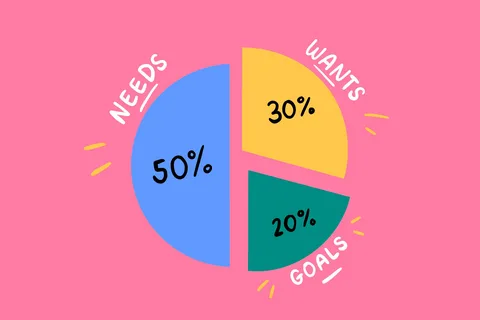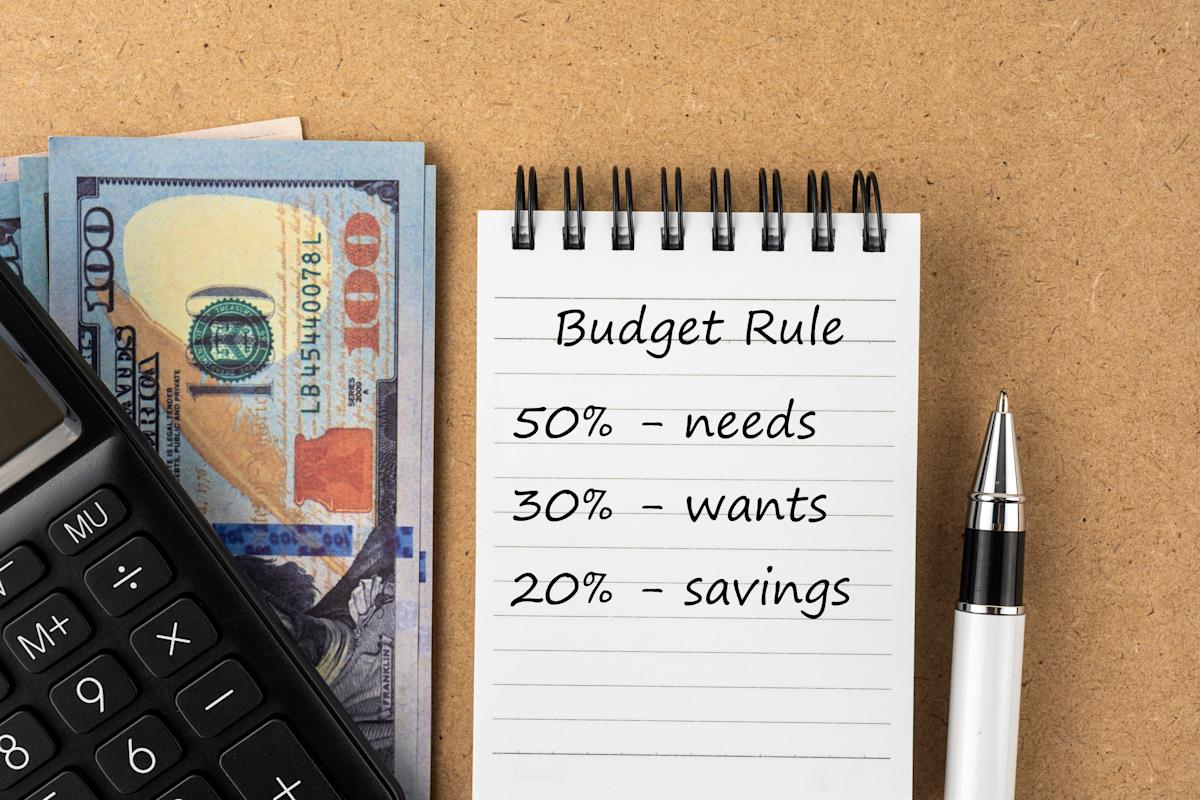“Do not save what is left after spending, but spend what is left after saving.” – Warren Buffett
What Is The 50/30/20 Budgeting Rule?: The 50/30/20 budgeting rule is a simple, effective financial strategy to manage your income wisely. It divides your monthly after-tax income into three spending categories 50% for needs, 30% for wants, and 20% for savings or debt repayment. This rule offers a balanced way to control spending while building a secure financial future.
How The 50/30/20 Rule Works?
The concept was popularized by U.S. Senator Elizabeth Warren in her book All Your Worth. It’s widely used today due to its simplicity and adaptability across income levels.

- 50% for Needs: These are essentials like rent, groceries, utility bills, insurance, EMIs, and minimum loan payments. As PNB MetLife notes, anything you cannot live without falls under this bucket.
- 30% for Wants: This includes discretionary spending like dining out, Netflix subscriptions, vacations, and shopping. Yes Bank explains that wants are flexible and can be adjusted during tough financial periods.
- 20% for Savings & Debt Repayment: This portion goes into building your emergency fund, investing, or paying off credit cards and loans. According to Grip Invest, aggressive debt repayment can be prioritized here for long-term relief.
Why It Works?
This budgeting rule promotes discipline without overcomplicating things. Unlike detailed spreadsheets or strict penny-tracking, it provides a flexible structure to align your financial habits with your life goals. Investopedia explains that it ensures essentials are covered, luxuries are controlled, and savings are consistent.
When To Use It?
The 50/30/20 rule is ideal for beginners, freelancers, or salaried professionals who need a straightforward framework. It works best for people with steady incomes but can be modified for varying financial situations or income levels.
Final Word
The 50/30/20 rule is not a one-size-fits-all model but a great starting point. You can tweak it to 60/20/20 or 70/20/10 based on your lifestyle and financial goals. The key is consistency and awareness. Budgeting isn’t about restriction it’s about financial freedom with purpose.
FAQ
What Is The 50/30/20 Rule Of Budgeting?
It’s a budgeting method that allocates 50% of your income to needs, 30% to wants, and 20% to savings or debt repayment.
Can The 50/30/20 Rule Work For Low Income?
Yes. You may need to adjust the ratios, but the principle of dividing income by priority still applies.
Is Debt Repayment Included In The 20%?
Yes. Credit card payments, loans beyond the minimum, and extra EMIs fall under the 20% savings/debt category.
How Do I Calculate My Budget Using This Rule?
Take your monthly net income and apply the rule: 50% for essentials, 30% for lifestyle, and 20% for savings or debt.
Is This Rule Better Than Zero-Based Budgeting?
It depends on your preference. 50/30/20 is simpler, while zero-based budgeting offers more detailed control.

